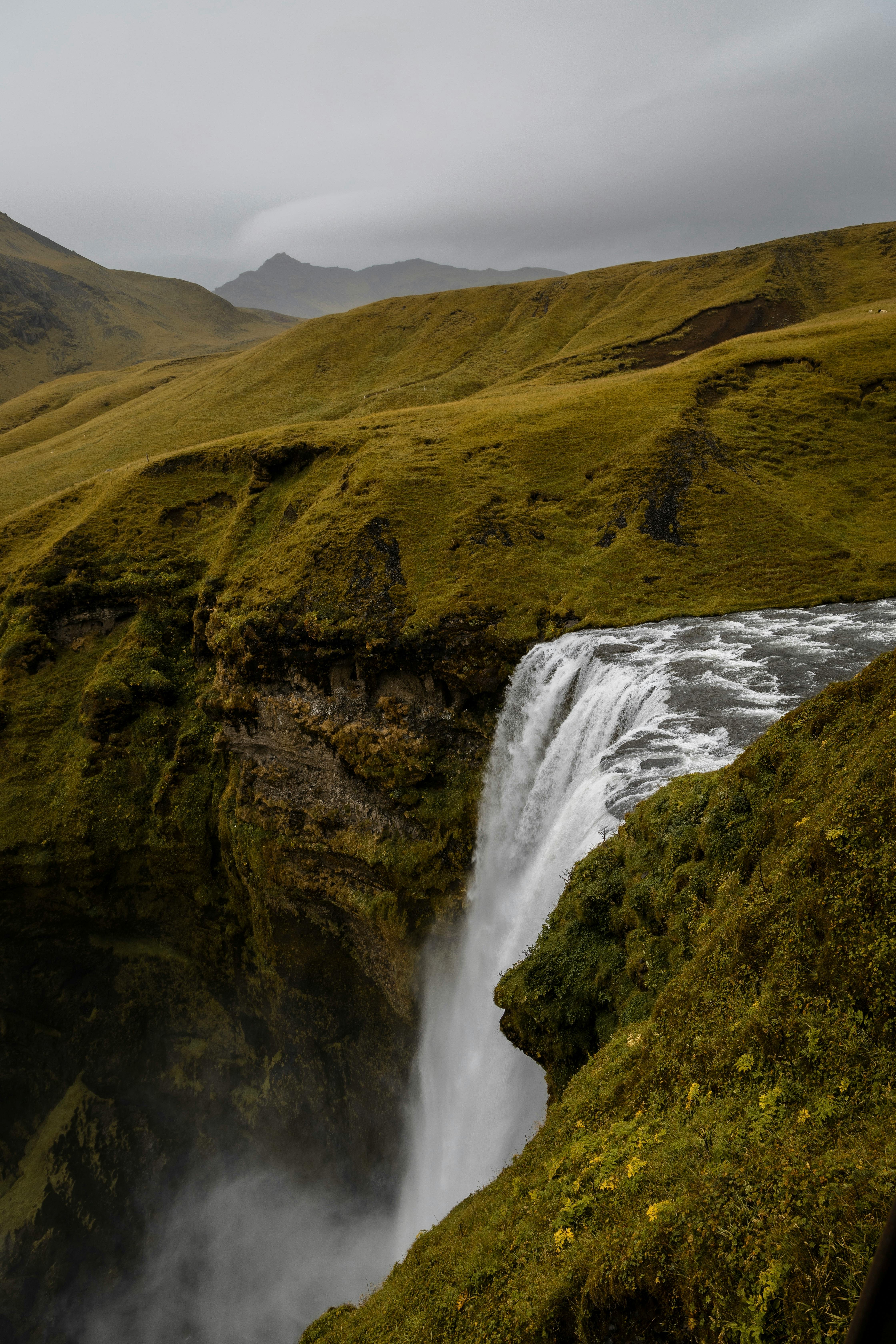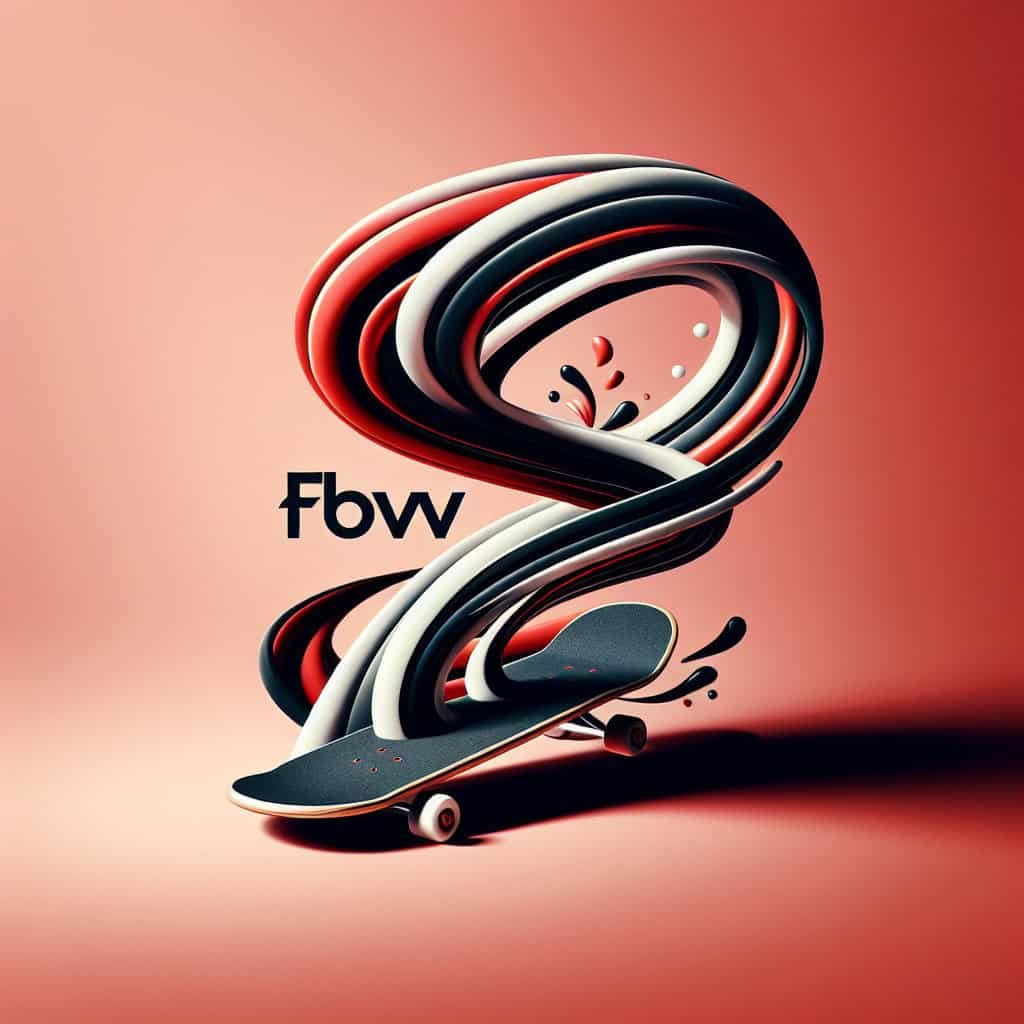Skateboarding flow is a vital element in mastering the art of skateboarding. It’s that seamless, effortless motion that makes it all look so effortless. But what exactly are the key elements that contribute to this elusive flow? In this article, we will explore the fundamental aspects that make up the essence of skateboarding flow, from balance and body positioning to rhythm and timing. Whether you’re a beginner looking to improve your skills or an experienced skateboarder striving for that next level of flow, understanding these key elements will help you unlock the true beauty of skateboarding.

Flow in Skateboarding
Definition
Flow in skateboarding refers to the smooth and effortless movement that a skateboarder displays while performing tricks and navigating various terrains. It is the seamless integration of different movements, tricks, and transitions, creating a visually appealing and harmonious style of skateboarding. Flow is not just about individual skills or tricks; it is about the overall experience and how the skateboarder connects different elements together to create a captivating performance.
Importance
Flow is an essential aspect of skateboarding as it not only enhances the aesthetic appeal of a skater’s performance but also affects their overall control and precision. When a skateboarder has a good flow, they are better able to maintain balance, generate speed, and execute tricks smoothly. Moreover, flow contributes to the skater’s ability to adapt to different environments and overcome obstacles. It is a fundamental element that separates a mediocre skateboarder from a truly exceptional one.
Balance and Stability
Center of Gravity
Achieving proper balance and stability is crucial for maintaining flow in skateboarding. Understanding and controlling one’s center of gravity is essential to stay balanced on the board. By keeping your weight centered and evenly distributed over the board, you can maintain stability and react to changes in terrain or maneuvers effectively. Balancing your body’s weight distribution in relation to the skateboard’s wheels allows for improved control and a smoother overall experience.
Foot Placement
Foot placement plays a vital role in maintaining balance and stability while skateboarding. Placing your feet in the right positions on the board significantly impacts your ability to control the skateboard and perform tricks with ease. Having a solid foundation and distributing your weight evenly between your front and back foot promotes stability and helps you maintain better control over the board’s movements.
Upper Body Control
The upper body’s role in skateboarding should not be overlooked when it comes to maintaining flow. Proper upper body control involves keeping your arms relaxed and your torso balanced while performing tricks and transitions. By maintaining an upright posture and utilizing your arms for stability and counterbalance, you can enhance your overall balance and control. This helps in maintaining a smooth and effortless flow throughout your skateboarding performance.
Speed and Momentum
Pumping
Pumping is a technique used by skateboarders to generate speed and maintain momentum without the need for pushing off the ground or relying solely on gravity. It involves using your body movements, such as compressing and extending your legs, to transfer energy to the skateboard. By effectively pumping, you can harness the energy of each turn and transition to gain speed, allowing you to flow effortlessly from one trick or section of the terrain to another.
Carving
Carving is another technique that helps skaters maintain flow and momentum while riding. It involves making fluid, sweeping turns by shifting your weight and applying pressure to the edges of the skateboard. Carving enables skaters to generate speed and maintain control while navigating curves or slopes. By utilizing the skateboard’s natural turning radius, skaters can flow smoothly without losing speed or balance.
Transitioning
Transitioning refers to the movement between different terrains or surfaces, such as transitioning from a ramp to a flat surface or from one obstacle to another. The ability to transition smoothly is key to maintaining flow during skateboarding. It requires proper timing, body control, and understanding of the terrain. By skillfully transitioning, skateboarders can seamlessly continue their flow, performing tricks and maintaining momentum effortlessly.
Tricks and Combinations
Execution
Skillful execution of tricks is crucial to maintaining flow in skateboarding. Each trick should be performed with precision, control, and fluidity to maintain the overall flow of the performance. Proper body positioning, timing, and coordination are essential for executing tricks smoothly. By practicing and honing your skills, you can ensure that your tricks seamlessly blend into your flow, enhancing the overall aesthetic and effectiveness of your skateboarding.
Linkage
Linkage refers to the connection between different tricks and movements during a skateboarding performance. To maintain flow, skateboarders need to link their tricks together in a seamless and harmonious manner. This involves smoothly transitioning from one trick to another, with each movement building off the previous one. Linking tricks enhances the overall flow and rhythm of the performance, creating a captivating and visually appealing display of skateboarding skills.
Variety
Maintaining flow in skateboarding also involves incorporating a variety of tricks and movements. By incorporating different tricks, stalls, and slides, skateboarders can add depth and versatility to their flow. Variety keeps the performance engaging and exciting for both the skater and the audience. The ability to seamlessly integrate a wide range of tricks into your flow demonstrates a high level of skill, creativity, and adaptability.

Terrain Adaptability
Park
Skate parks offer a wide variety of obstacles and transitions, such as bowls, quarter pipes, rails, and stairs. Being adaptable to different park layouts is crucial for maintaining flow. Skateboarders must quickly adjust their movements, transitions, and tricks based on the features and design of the park. A fluid and adaptable approach allows skateboarders to utilize the park’s elements to their advantage, making their flow appear effortless and captivating.
Street
Street skateboarding involves navigating real-world urban environments, utilizing stairs, ledges, handrails, and other architectural features. Street skateboarding requires adaptability, as the terrain is often unpredictable and challenging. Maintaining flow on the streets involves making quick decisions, creatively using the surroundings, and seamlessly incorporating tricks into the natural flow of the environment. Adapting to different street spots and improvising with the available obstacles contributes to a dynamic and engaging skateboarding flow.
Ramps
Ramp skateboarding, whether on mini ramps, vert ramps, or mega ramps, demands specialized skills and adaptability. The flow on ramps relies heavily on maintaining speed, executing aerial maneuvers, and smoothly transitioning between heights. Understanding the ramp’s curves, transitions, and coping allows skateboarders to maintain an uninterrupted flow, incorporating various technical tricks and big airs. The ability to adapt to different ramp designs and continuously build momentum contributes to a captivating and visually stunning skateboarding flow.
Style and Creativity
Personal Expression
Skateboarding is not just about executing tricks; it is also an avenue for personal expression. Style is an essential aspect of skateboarding flow, allowing skateboarders to showcase their unique approaches and individuality. Whether it’s the way you position your body, the timing of your tricks, or the subtle nuances in your movements, your personal expression contributes to your flow. Embracing your own style and expressing yourself authentically on the skateboard enhances the overall aesthetic and appeal of your flow.
Lines and Flow
Lines refer to a series of tricks and movements performed in a continuous flow, connecting different obstacles or features in a skatepark or street. Creating smooth, well-thought-out lines adds a sense of purpose and cohesiveness to your skateboarding. Each trick seamlessly leads to the next, exhibiting a logical progression and maintaining the overall flow. By strategically planning your lines and executing them with precision, you can create visually captivating displays of skateboarding flow.

Consistency and Smoothness
Commitment
Commitment is crucial to maintaining flow in skateboarding. Being fully present and dedicated to your movements and tricks allows you to execute them with confidence and precision. Lack of commitment can disrupt the flow and lead to hesitations or falls. By committing fully to each movement and trick, you can maintain the smooth and effortless flow that is characteristic of exceptional skateboarders.
Timing
Timing is everything when it comes to maintaining flow in skateboarding. Skateboarders must have a keen sense of timing to execute tricks, transitions, and movements seamlessly. Proper timing ensures that each trick flows into the next without any interruptions or disruptions. By mastering timing, skateboarders can navigate through different elements and terrains with grace and fluidity, creating a visually pleasing and captivating flow.
Fluidity
Fluidity is the underlying quality that ties all of the elements of skateboarding flow together. It refers to the continuous, rhythmic, and smooth motion showcased by skateboarders. Fluidity encompasses having a seamless connection between movements, executing tricks with precise timing, and maintaining an overall sense of grace and ease. When a skater embodies fluidity, their flow becomes effortless and captivating, drawing admiration from both fellow skaters and spectators.
Mental and Emotional State
Confidence
Confidence plays a vital role in maintaining flow while skateboarding. Having trust in your abilities and being confident in your movements allows you to perform tricks and navigate obstacles with control and precision. When you are confident, you are more likely to take risks, commit fully to each movement, and maintain a consistent flow. Confidence contributes to a skater’s overall presence and style, enhancing the overall quality of their skateboarding performance.
Focus
Maintaining focus is crucial for achieving and sustaining flow in skateboarding. Being fully present in the moment allows skateboarders to react quickly, make split-second decisions, and execute tricks with precision. By maintaining a focused mindset, distractions are minimized, and a skater can fully immerse themselves in their flow. Focus enhances control, timing, and overall performance, resulting in a visually impressive skateboarding experience.
Intuition
Intuition plays a significant role in maintaining flow while skateboarding. Skateboarders with a strong sense of intuition can anticipate movements, adjust their flow, and instinctively react to the changing terrain. Intuition allows for smooth transitions, precision in execution, and the ability to adapt in real-time while maintaining the overall flow. Cultivating and trusting your intuition enables you to navigate through different obstacles effortlessly, adding depth and flair to your skateboarding flow.

Adaptation to Obstacles
Spacial Awareness
Maintaining proper spatial awareness is crucial for adapting to obstacles and maintaining flow. Skateboarders must have a good understanding of their surroundings, including the size, shape, and placement of obstacles. By developing spatial awareness, skateboarders can plan their movements and anticipate changes in the terrain, ensuring a seamless and uninterrupted flow. Being aware of your positioning in relation to the obstacles helps maintain speed, balance, and control while showcasing a captivating skateboarding flow.
Adaptive Moves
Adaptability is key when it comes to handling different obstacles and maintaining flow. Skaters must be able to quickly adjust their movements and tricks to suit the specific challenges presented by various obstacles. Whether it’s modifying a trick, altering body positioning, or improvising on the spot, being adaptable allows for a smooth and continuous flow. The ability to adapt to obstacles showcases a skater’s versatility and creativity, enhancing the overall enjoyment and visual appeal of their skateboarding flow.
Physical Conditioning
Strength
Physical strength is essential for maintaining flow in skateboarding. A strong body helps skateboarders execute tricks, maintain balance, and generate power in their movements. Strengthening core muscles, leg muscles, and upper body muscles contributes to overall stability and control. Building strength through exercises such as weight training, bodyweight exercises, and specific skateboarding movements enhances a skateboarder’s ability to maintain a smooth and controlled flow.
Flexibility
Flexibility is crucial for performing tricks and maintaining flow in skateboarding. Having a good range of motion in your joints and muscles allows for fluid and solid movements. Flexibility helps skateboarders execute tricks with proper form, making it easier to balance and land tricks smoothly. Incorporating stretching exercises, yoga, and mobility drills into your routine can greatly improve flexibility and contribute to a more effortless and aesthetically pleasing skateboarding flow.
Endurance
Endurance is essential for maintaining flow throughout a skateboarding session. Skateboarding can be physically demanding, requiring sustained effort and energy expenditure. Building cardiovascular endurance through activities such as running, cycling, or skateboarding for extended periods improves stamina and allows for a consistent flow. Improved endurance reduces fatigue and helps maintain the quality of tricks, transitions, and movement throughout a skateboarding session, resulting in a visually captivating and enjoyable flow.
In conclusion, flow in skateboarding encompasses various elements that contribute to a smooth, effortless, and captivating style of skateboarding. From balance and stability to speed and momentum, tricks and combinations to mental and emotional states, the key elements of skateboarding flow work together harmoniously. By understanding and honing these elements, skateboarders can enhance their overall performance, display creativity and personal expression, adapt to different terrains and obstacles, and maintain a consistent and smooth flow that captures the attention and admiration of both fellow skateboarders and spectators. Cultivating flow in skateboarding is not just about individual skills; it is about the overall experience and the integration of different elements to create a visually appealing and enjoyable skateboarding performance.

